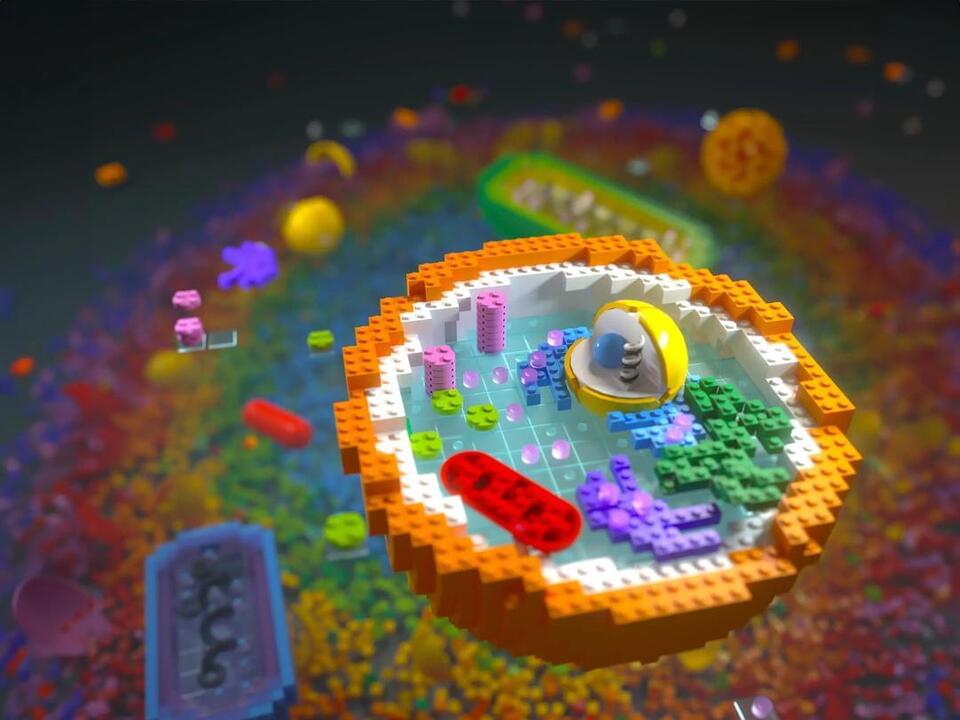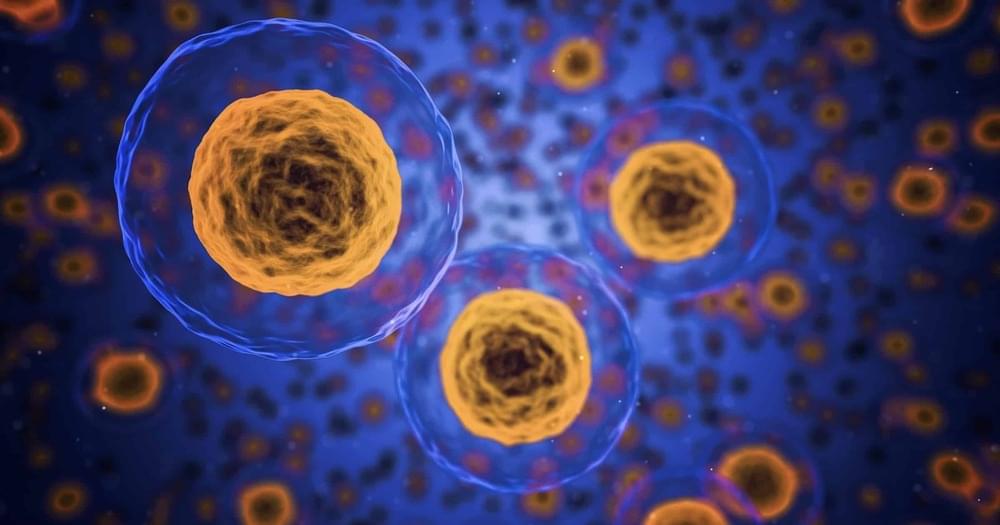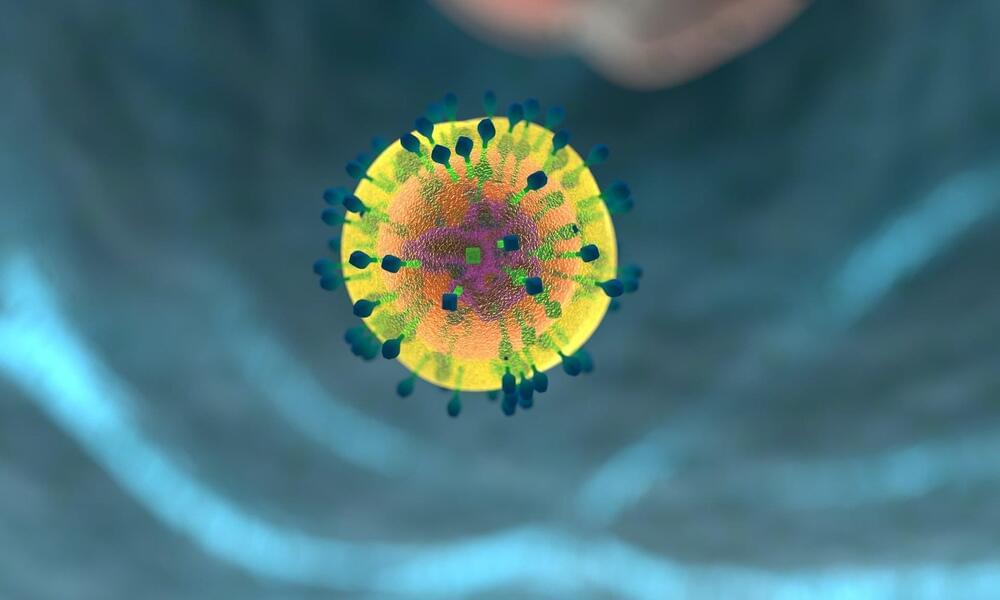A novelist transforms the physicist John von Neumann into a scientific demon.




The 2023 Nobel prize in physics has been awarded to a trio of scientists for pioneering tools used to study the world of electrons.
Electrons are sub-atomic particles that play a role in many phenomena we see every day, from electricity to magnetism. This year’s three Nobel physics laureates demonstrated a way to create extremely short pulses of light in order to investigate processes that involve electrons.
Pierre Agostini from The Ohio State University in the US, Ferenc Krausz from the Max Planck Institute of Quantum Optics in Germany and Anne L’Huillier from Lund University in Sweden will share the prize sum of 11 million Swedish kronor (£822,910).

This surreal scenario is what would actually happen if the traffic light was a single atom illuminated by a laser beam, as recently shown experimentally by researchers in Berlin. They looked at the light scattered by an atom and saw that photons—the tiniest particles of light—arrived at the detector one at a time. The scientists blocked the brightest color they saw, and suddenly pairs of photons of two slightly different colors started arriving at their detector simultaneously. They reported their findings in Nature Photonics in July.
The reason for this counterintuitive effect is that single atoms are skilled little multitaskers. Through different underlying processes, they can scatter a variety of colors at the same time like a dangerous traffic light that shines all three colors at once. Yet because of quantum interference between these processes, an observer only sees one of the metaphorical traffic light’s colors at a time, preserving peace on the road.
This experiment also paves the way for novel quantum information applications. When the brightest color is blocked, the photons that pop up simultaneously are entangled with each other, behaving in sync even when they are separated over large distances. This provides a new tool for quantum communication and information processing in which entangled photon pairs can serve as distributed keys in quantum cryptography or store information in a quantum memory device.

The good news is, so far, no exploits appear to have been released for the latest vulnerabilities, says Dustin Childs, head of threat awareness for Trend Micro’s Zero Day Initiative.
“We have no indication regarding the potential exploitability of these bugs,” he says. “We are not aware of any active exploits using these bugs.”
Exim is the most popular mail transfer agent on the Internet, accounting for 59% — or 253,000 — of identifiable mail servers on the Internet, according to a March 1 scan of MX servers. Postfix, another open source mail transfer agent, is the second most popular, with 149,000 detectable installations.


Cancer immunotherapy drugs called PD-1 inhibitors are widely used to stimulate the immune system to fight cancer, but many patients either don’t respond or develop resistance to them. A new small-molecule drug candidate being tested in an early-stage clinical trial aims to improve patient responses to immunotherapy.
Now scientists have shown, in a study published in Nature, that the small molecule works through two different mechanisms to slow tumor growth and increase survival in lab animals.
Researchers from the Tumor Immunotherapy Discovery Engine (TIDE) at the Broad Institute of MIT and Harvard, AbbVie, and Calico Life Sciences report that the molecule simultaneously makes tumors more sensitive to immune attack and boosts the activity of immune cells to fight tumors in mice.
PhD candidate at UniSA’s Applied Chemistry and Translational Biomaterials (ACTB) Group, Cintya Dharmayanti, has taken out UniSA’s 2021 Three Minute Thesis (3MT) with a condensed presentation of her research about developing nanoparticles for cancer treatment, potentially leading to more effective treatments and reduced side effects. She will be competing in the 2023 FameLab National Finals with a presentation titled, “Behind enemy lines: Tiny assassins in the war against cancer.
For more from University of South Australia visit: https://www.unisa.edu.au/connect/alumni-network/alumni-news/…Track=true.
UniSA Homepage:
https://www.unisa.edu.au/
UniSA Facebook:
https://www.facebook.com/UniSA/
https://www.facebook.com/UniSANewsroom/
UniSA Twitter:
Tweets by UniversitySA
UniSA Instagram:

Within the last century different ways have been developed to fight cancer. The most recent type of therapy includes immunotherapy. Immunotherapy activates the immune system to recognize and target the tumor that was initially undetectable. The most common immunotherapy treatments include anti-programmed death-1 (anti-PD-1) and anti-cytotoxic T lymphocyte-associated antigen (anti-CTLA-4). The two therapies are known as checkpoint inhibitors because they block cell signaling between immune cells and cancer which allow immune cells to be activated and kill the tumor. For their work on both of these therapies, Dr. James Allison and Dr. Tasuku Honjo were awarded the Nobel Prize in Physiology or Medicine in 2018. Since the discovery of these checkpoint inhibitors, they have been used in multiple settings as single-agent therapies or in combination against many different cancers.
The use of checkpoint inhibitors before therapy or as a neoadjuvant has grown as a possible treatment in various cancer types. According to researchers at the Bloomberg-Kimel Institute for Cancer Immunotherapy and the Johns Hopkins Kimmel Cancer Center medicine, checkpoint inhibitors have just touched the surface in neoadjuvant immunotherapy. Researchers including Suzanne Topalian, Director of Johns Hopkins Melanoma/Skin Cancer Program, believe that cancer immunotherapy has a lot of rich untapped potential that can be used to further improve treatments.
Neoadjuvant immunotherapy, or therapy prior to surgery, has since been tested in various clinical trials. In some tumor types this form of therapy has resulted in complete tumor eradication. The report published in Cancer Cell highlights successful clinical trials in cancers such as lung, triple-negative breast, skin, and gastrointestinal. Although this therapy is still highly underdeveloped, the US Food and Drug Administration (FDA) has already approved neoadjuvant immunotherapy in triple-negative breast and lung cancer. It is expected that more approvals will follow for other cancer types.
